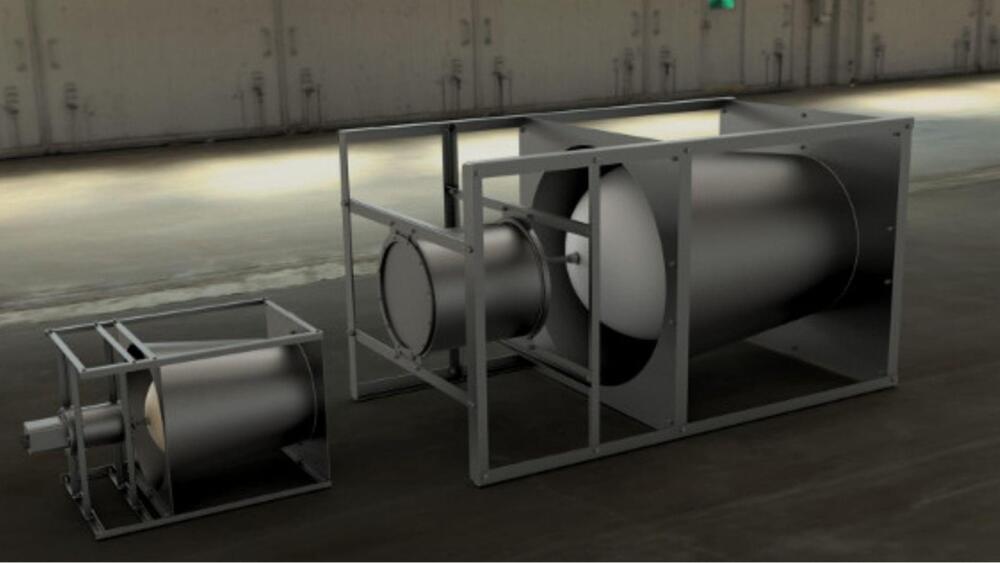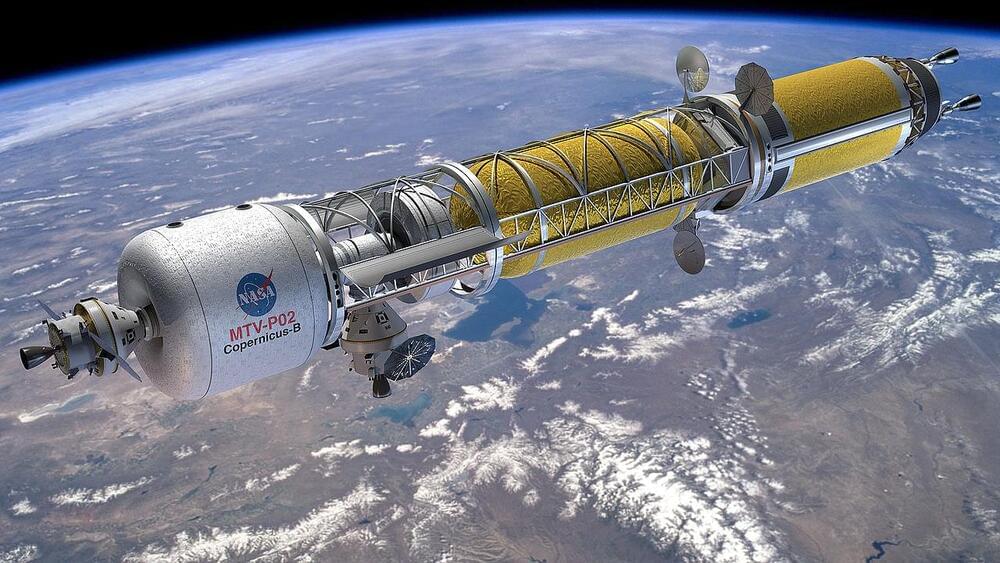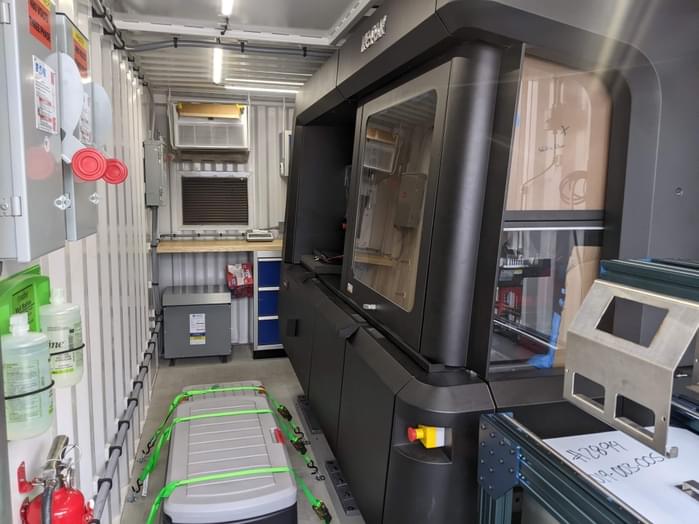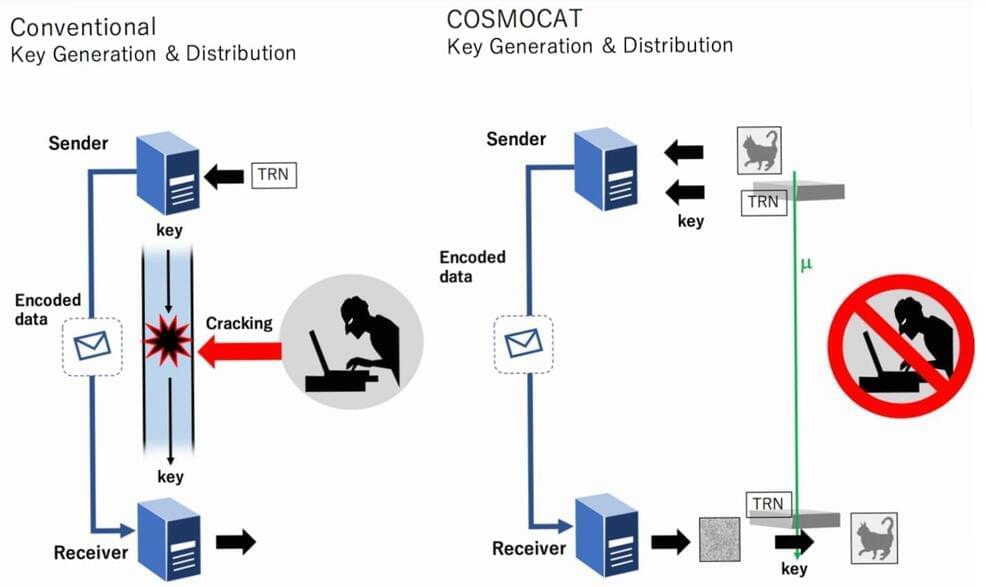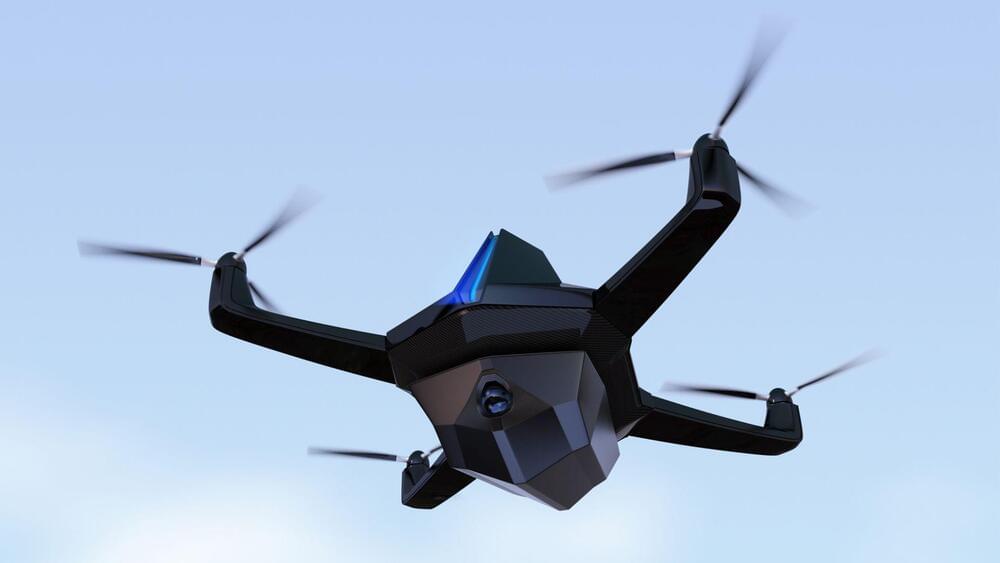Jan 19, 2023
Violence was widespread in early farming society, says new study
Posted by Saúl Morales Rodriguéz in categories: food, military
Violence and warfare were widespread in many Neolithic communities across Northwest Europe, a period associated with the adoption of farming, new research suggests.
Of the skeletal remains of more than 2,300 early farmers from 180 sites dating from around 8,000—4,000 years ago to, more than one in ten displayed weapon injuries, bioarcheologists found.
Contrary to the view that the Neolithic era was marked by peaceful cooperation, the team of international researchers say that in some regions the period from 6000BCE to 2000BCE may be a high point in conflict and violence with the destruction of entire communities.

